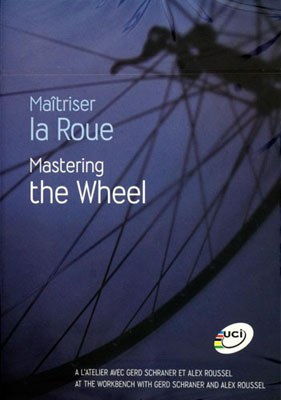Content:

Introduction: Fishing is an enjoyable pastime that requires patience, skill, and knowledge. One of the most crucial aspects of fishing is proper baiting, which can make the difference between a successful day on the water and a fruitless endeavor. This article will provide you with a comprehensive guide on how to correctly bait your fishing line, complete with step-by-step illustrations to help you master the art of baiting.
Choosing the Right Bait: The first step in proper baiting is selecting the right bait for your target fish species. Different fish are attracted to various types of bait, so it's essential to do your research. Here are some popular bait options for various fish species:
- Live bait: Worms, leeches, minnows, and crickets are popular choices for live bait fishing.
- Artificial bait: Lures, jigs, and spinners are effective for catching fish that are more attracted to movement.
- Natural bait: Bread, corn, and cheese can be used as natural bait for panfish and catfish.
Preparing the Bait: Once you've chosen your bait, it's time to prepare it. Here's how to prepare some common types of bait:
- Live bait: Ensure that your live bait is lively and healthy. For worms, use a bait holder or a small hook to keep them on the line.
- Artificial bait: Inspect your artificial bait for any damage or hooks that may need to be replaced.
- Natural bait: Cut or break your natural bait into small, bite-sized pieces.
Attaching the Bait to the Hook: Now that your bait is prepared, it's time to attach it to the hook. Here's how to do it for different types of bait:
- Live bait: Thread the hook through the worm's body, ensuring that it's secure. For leeches, hook them through the head or the body, depending on your preference.
- Artificial bait: Attach the lure to the hook by threading it through the eye of the hook or using a snap swivel.
- Natural bait: Attach the bait to the hook by threading it through the hook's point or using a bait holder.
Proper Baiting Techniques: Once your bait is attached to the hook, it's time to learn the proper baiting techniques to increase your chances of catching fish:
- Natural Bait: When using natural bait, present it in a lifelike manner. For example, if you're fishing for bass, cast your bait out and let it sink to the bottom. Then, gently twitch the rod to mimic a struggling fish.
- Artificial Bait: When using artificial bait, use a variety of retrieves to entice fish. For example, when using a spinner, start with a slow retrieve and then speed it up to see if the fish are more responsive to movement.
- Live Bait: When using live bait, keep it moving. Cast your line out and allow the bait to swim naturally. If you're fishing from a boat, use a rod holder to keep the bait in place while you focus on other tasks.
Proper Presentation: In addition to the baiting technique, the way you present your bait is crucial. Here are some tips for proper presentation:
- Cast your line out with a smooth, controlled motion.
- Allow your bait to sink to the desired depth before starting your retrieve.
- Adjust your retrieve speed based on the fish's response.
- Be patient and observe the water for any signs of fish activity.
Conclusion: Proper baiting is an essential skill for any angler looking to improve their fishing success. By following the steps outlined in this guide, you'll be well on your way to mastering the art of baiting. Remember, practice makes perfect, so don't be afraid to experiment with different techniques and baits to find what works best for you. Happy fishing!












